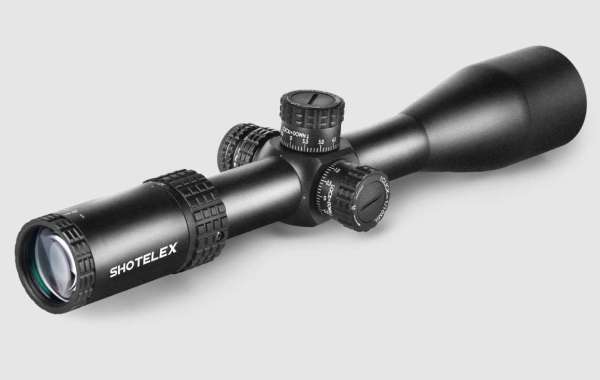A long-range hunting scope is an essential tool for precision shooting, designed to offer clear, detailed images of distant targets. To get the most out of your scope, it's important to understand the core features that make these optics invaluable for hunters. Here’s an overview of the key elements that define high-performance long-range hunting scopes:
1. Magnification Power
Magnification is one of the most important aspects of long-range hunting scopes. It determines how much closer and clearer your target appears compared to the naked eye. Variable magnification scopes are ideal for long-range hunting, with typical magnification ranges from 5x to 25x, or even higher. This flexibility allows shooters to adjust based on target distance and size. However, higher magnification can reduce the field of view, so it’s crucial to strike the right balance for both precision and situational awareness.
2. Objective Lens Size
The objective lens, located at the front of the scope, plays a critical role in gathering light and enhancing image brightness. A larger objective lens allows more light to enter the scope, improving visibility in low-light conditions such as dawn, dusk, or overcast days. Common sizes for long-range hunting scopes range from 44mm to 56mm. While larger lenses improve light transmission and clarity, they also increase the scope's weight. For hunters who prioritize portability, the size of the objective lens should be carefully considered.
3. Reticle Patterns
The reticle (or crosshair) is crucial for aiming and shot precision. Long-range hunting scopes often offer different reticle designs, each suited to specific shooting needs. Popular options include:
- Mil-Dot Reticle: A milliradian-based system that helps with range estimation and compensating for bullet drop.
- MOA Reticle: Based on the Minute of Angle, this reticle provides another precise method for distance estimation and bullet trajectory adjustment.
- First Focal Plane (FFP) Reticle: The reticle scales with magnification, maintaining accurate measurements across all zoom levels.
- Second Focal Plane (SFP) Reticle: The reticle size remains constant, making it easier to use at lower magnifications, but it may lose precision at higher magnifications.
4. Parallax Adjustment
Parallax error occurs when the reticle and target image are misaligned, causing the target’s position to shift when the shooter moves their eye. Many long-range hunting scopes feature a parallax adjustment system, often through an adjustable objective lens (AO) or side-focus adjustment. This ensures that the reticle remains on the target at varying distances, eliminating parallax error and ensuring sharp, accurate images.













